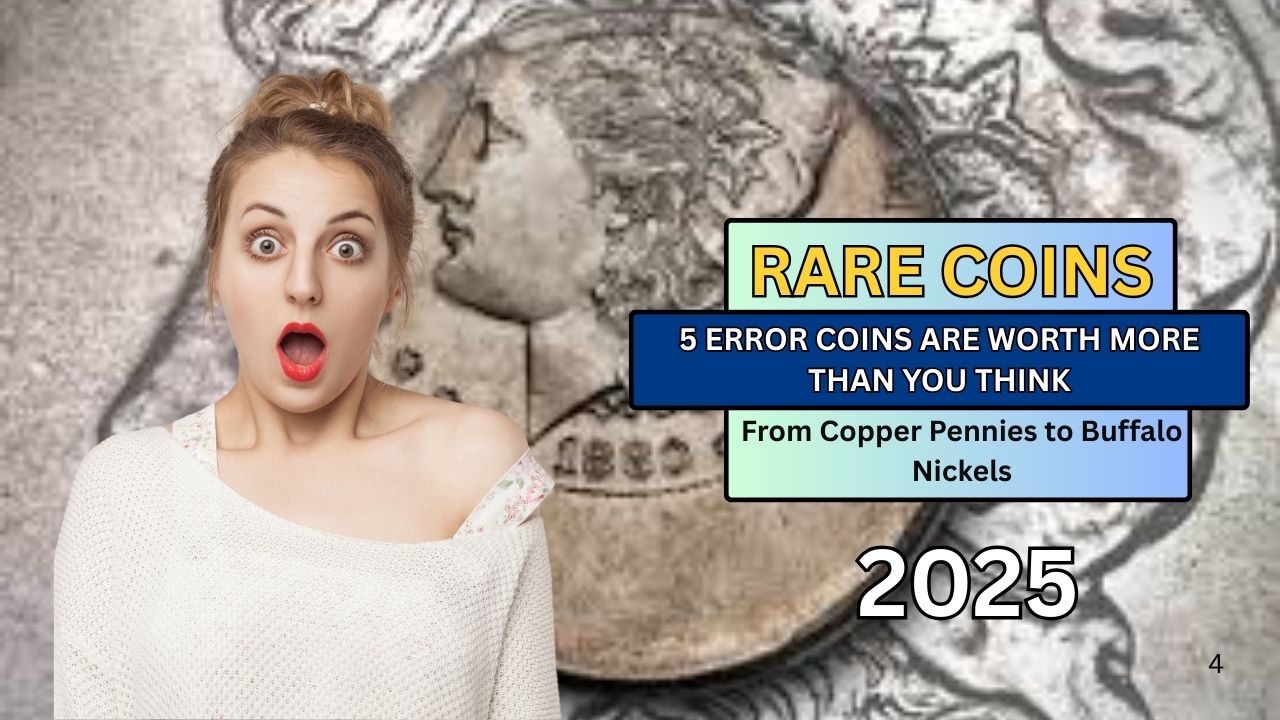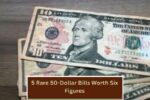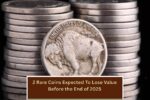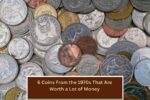Coin collecting has long been a popular hobby for enthusiasts and investors alike, with rare and valuable pieces often fetching astronomical sums at auctions. One of the most coveted categories in the coin-collecting world is error coins—those that were mistakenly produced during the minting process. These coins are prized not only for their rarity but also for the intriguing backstory behind their imperfections. In this article, we explore five of the most valuable error coins ever minted and provide tips on how to identify them.
1. 1943 Copper Lincoln Penny
One of the most famous and valuable error coins in history is the 1943 copper Lincoln penny. During World War II, the U.S. Mint switched to producing pennies from steel to conserve copper for the war effort. However, a small number of these pennies were accidentally struck on bronze planchets, which were still available at the time. These copper pennies are incredibly rare, with only about 15 known to exist.
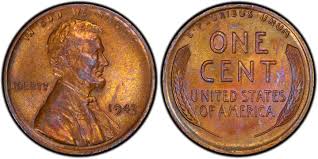
Value: Up to $1.7 million
The rarity of the 1943 copper penny makes it one of the most sought-after coins by collectors. In recent years, one of these pennies was sold for nearly $1.7 million, and more could potentially follow in its footsteps.
How to Identify It:
- Copper color: Unlike steel pennies, which are gray, the 1943 copper penny has a reddish-brown hue.
- Non-magnetic: Steel pennies are magnetic, while these copper coins are not.
- Weight: The copper penny weighs approximately 3.11 grams, which is typical for a regular penny.
For more information on error coins, you can refer to the U.S. Mint and other reputable sources such as CoinTrackers.
2. 1955 Doubled Die Lincoln Penny
The 1955 doubled die Lincoln penny is another valuable error coin that occurs when the coin’s design is struck twice in a slightly misaligned position. This double striking leads to noticeable “doubling” of letters and numbers on the coin, particularly the word “LIBERTY” and the date “1955.”
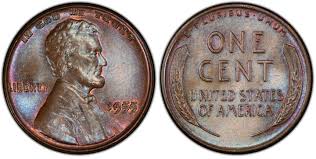
Value: Up to $125,000
Although this error is more common than the 1943 copper penny, its value is still high due to its unique appearance and the number of collectors seeking it out.
How to Identify It:
- Doubling on the inscription: The most significant feature of this error is the clear doubling of the “LIBERTY” inscription and the date “1955.”
- Obvious overstrike: The design appears thicker and more pronounced than on a regular penny.
For authentication and evaluation, collectors often consult sites like the Professional Coin Grading Service.
3. 1937-D Three-Legged Buffalo Nickel
The 1937-D three-legged buffalo nickel is an iconic error coin caused by an over-polished die. Due to the excessive polishing, one of the buffalo’s legs was worn away, leading to the now-famous three-legged appearance.
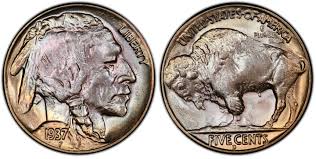
Value: Up to $150,000
This error is particularly rare, and due to the limited number of surviving coins, it is considered a high-value collectible.
How to Identify It:
- Missing leg: The buffalo’s front right leg is absent, giving the coin its distinctive three-legged look.
- Mint mark: The “D” mint mark indicates that the coin was minted in Denver.
For more detailed information on rare nickels and error coins, visit CoinWeek.
4. 1942/1 Overdate Mercury Dime
Another high-value error coin is the 1942/1 overdate Mercury dime. This coin was struck with a 1941 die, which was used to mint 1942 dimes, resulting in the overdate error. The “1” from the 1941 die can be seen beneath the “2” in the 1942 date, making it a prized piece for collectors.
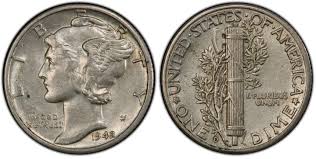
Value: Up to $120,000
This error is relatively rare, and as with other error coins, its value depends on the coin’s condition and provenance.
How to Identify It:
- Overstruck date: The “1” from the 1941 date is clearly visible beneath the “2” of the 1942 date.
- Mercury head: The coin features a profile of the Roman goddess Mercury, with a winged cap.
The American Numismatic Association provides resources for coin collectors seeking to verify rare coins.
5. 1975 No S Proof Roosevelt Dime
In 1975, the U.S. Mint mistakenly produced a small number of proof Roosevelt dimes without the “S” mintmark, which is typically stamped on coins minted in San Francisco. This error resulted in a few highly valuable coins that are sought after by collectors.
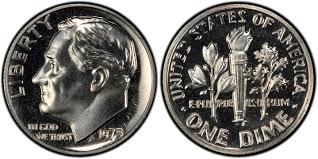
Value: Up to $450,000
Due to the low number of surviving examples, the 1975 no “S” proof Roosevelt dime is one of the most expensive U.S. dimes ever sold.
How to Identify It:
- Lack of the “S” mintmark: The most notable feature of this coin is the absence of the “S” mintmark on the reverse side.
- Proof finish: The coin has a mirrored, high-quality finish typical of proof coins.
Collectors can check with the U.S. Mint for official information on mintmarks and proofs.
Conclusion
Error coins are some of the most valuable and collectible pieces in the numismatic world. While most coins are produced with a precise design, these rare mistakes provide an extra layer of intrigue for collectors. The five error coins discussed in this article—1943 copper pennies, 1955 doubled die Lincoln pennies, 1937-D three-legged buffalo nickels, 1942/1 overdate Mercury dimes, and 1975 no S proof Roosevelt dimes—are not just valuable, they are fascinating examples of how a small mistake can turn a common object into a rare treasure.
If you believe you’ve found one of these rare error coins, it’s crucial to have it authenticated by a reputable expert. The numismatic community is filled with specialists who can help determine the authenticity and value of your find.
For more insights into valuable error coins, visit trusted sources like the U.S. Mint, CoinWeek, and PCGS.
This article has been carefully fact-checked by our editorial team to ensure accuracy and eliminate any misleading information. We are committed to maintaining the highest standards of integrity in our content.

Deepak Grover is a dedicated content writer at OTE News, specializing in government affairs, public policy, and current events. With a keen eye for detail and a passion for factual reporting, he ensures readers receive accurate and insightful news. Deepak holds a degree in Political Science and has experience in research-driven journalism.
When not writing, he enjoys reading historical books, exploring hiking trails, and staying updated with global political trends. His commitment to ethical journalism makes him a trusted voice at OTE News.

